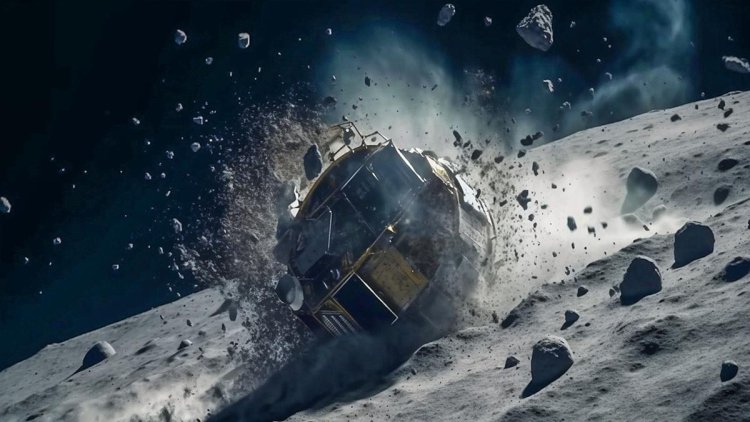When India intentionally crashed a spacecraft on Moon
Chandrayaan-2 was not the first to crash on the Moon, India did that over a decade before Chandrayaan-2 was even launched. And that too, intentionally.

-
- India has wrecked a spacecraft on the Moon.
- It was prior to the Chandrayaan-2 mission.
- The crash provided India with Chandrayaan-2 and, more recently, Chandrayaan-3
Yuvraj Singh, the Indian cricketer, was roaring on the pitch on the sweltering afternoon of November 14, 2008, when he devastated the English pace attack in Rajkot. India thrashed England by 158 runs thanks to his ferocious innings of 138 off 78 balls, and the country exploded in delight, but just over 1600 km away in Bengaluru, the mood was uneasy.
The Indian Space Research Organisation (Isro) was ready to make a major bang, unbeknownst to the Indian fans shouting for Yuvi across the country.
The space agency planned to purposely crash a spaceship on the Moon.
On October 22, 2008, India launched the Chandrayaan mission, demonstrating to the world that it is capable of sending missions beyond Earth's orbit to another celestial body. Until then, only four countries had sent a mission to the lunar world: the United States, Russia, Europe, and Japan. India rose to fifth place.
While Chandrayaan was a technology demonstration mission, what it accomplished near the Moon is well recognised. Yes, it discovered water on the Moon's surface and made its mark on history. There was, however, more to this expedition than meets the eye.
A 32-kilogram probe was hidden within the spaceship with the sole goal of crashing. It was dubbed the Moon Impact Probe.
Return to the evening of November 17, 2008. Around 8:06 p.m., engineers in Isro's mission control keyed the commands that launched the Moon Impact Probe. The Moon's silent universe was about to be shaken.
INTERACTIVE CHANDRAYAAN-3 ON FINAL APPROACH
The impact probe began its last voyage from a height of 100 km above the lunar surface.
As the probe moved away from the Chandrayaan orbiter, its onboard spin-up rockets ignited and began guiding its descent to the Moon. These engines roared not to accelerate the ship, but to slow it down and re-orient it for a perfect impact. As the spacecraft passed through the airless world of the Moon, it began to see what lay beneath - a bruised, damaged globe poised to have another crater on its face.
The shoe-box-sized probe, hurtling towards the lunar surface, was not simply a scrap of metal, but a finely built mechanism with three instruments inside. A video imaging system, a radar altimeter, and a mass spectrometer to alert Isro to what they were about to discover.
While the video imaging system was designed to take photos and send them back to Bengaluru, the radar altimeter was built within the probe to track the probe's descent rate as it reached the lunar surface. The mass spectrometer, on the other hand, was used to analyse the extremely thin lunar atmosphere.
As the surface began to rise, the equipment aboard began communicating data to the orbiter above, which was recorded in its readout memory and then relayed to India for further examination.
The Moon Impact Probe made a hard landing on the Moon's surface nearly 25 minutes after it was launched from Chandrayaan. The mission was completed in the same manner that Yuvraj completed the previous one for India: clinically.
Isro created history by crashing a spacecraft on another world that had been a mystery to humans since the dawn of time.
But what was the end result? The data from these three instruments might form the basis for the Chandrayaan-2 mission in 2019 and the Chandrayaan-3 mission as it prepares for a historic soft landing on the Moon on August 23.
The information sent by the impact probe revealed the Moon's world in unprecedented detail. After all, it was the first to identify water signals on the surface throughout its roughly 25-minute descent. Nasa's Moon Mineralogy Mapper later validated the findings, revealing to the world that Luna was not bone-dry as previously supposed.
But what made Isro even more happy was that the cuboid-shaped probe was emblazoned with the Tricolour. The Tiranga was permanently affixed to the Moon when it became one with it on the night of November 14, 2008.













